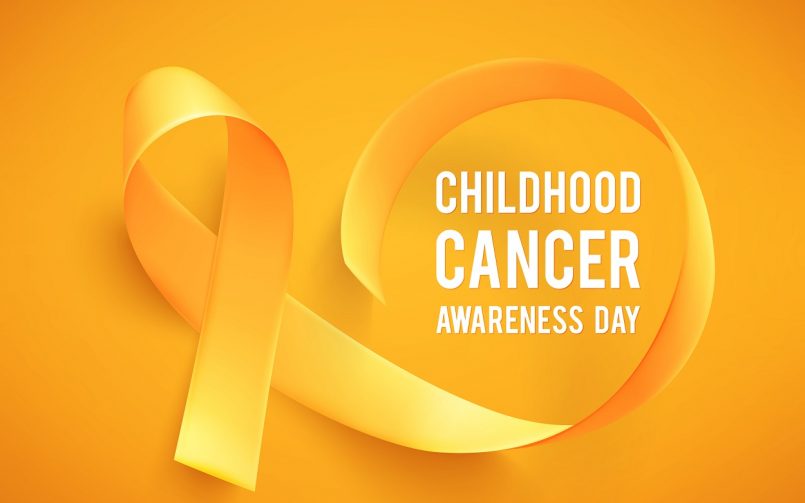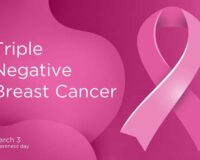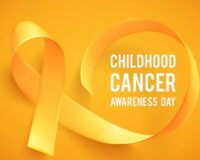Cancer can affect anyone at any age.
Over 400,000 children get diagnosed with cancer worldwide every year [1] .
Childhood cancer types are different from those of adults and are due to cell mutations that may be inherited from parents and are unrelated to lifestyle factors. It is hard to recognize right away because early symptoms are often like those cau-+sed by much more common infections or injuries. [2]
The most common types [3] :
- Acute lymphocytic leukemia (ALL): the most common cancer in children. Leukemia is a cancer of the white blood cells. In the case of ALL type, it affects the lymphocytes.
- Brain cancer [4]: solid mass of abnormal cells that grows in the brain tissue . Because of their location, some pediatric brain tumors and their required treatments can cause significant long-term impairment to intellectual and neurological function.
- Lymphoma: cancer that develop in lymphatic system. The most common symptom of lymphoma is a firm, usually painless swelling of a lymph node, sometimes with recurrent fever and night sweats.
- Neuroblastoma: cancer in the nervous system, in children under 5 years old. Can occur in different locations: adrenal glands, spinal cord, abdomen, and chest.
- Osteosarcoma: malignant bone tumor, most commonly in long bones of arms and legs
- Rhabdomyosarcoma: malignant cells in muscle tissue. Certain genetic conditions increase the risk of childhood rhabdomyosarcoma. sign of childhood rhabdomyosarcoma is a lump or swelling that keeps getting bigger.
- Retinoblastoma: is the most common form eye cancer in children, most cases are in children younger than 2 years. The tumor grows in the retina that will give a white cloudy pupil (leukocoria), causes crossed eye and poor vision.
Is it inherited from parents? [1] [5]
- Most childhood cancers are the result of spontaneous mutations (DNA changes) that happen early in the child’s life, sometimes even before birth.
- Only 5 percent of all cancers in children are caused by an inherited mutation.
Risk factors:
- There is no known cause for the spontaneous DNA change.
- Some chronic infections (HIV, EBV, malaria) are risk factor for childhood cancer.
- Lifestyle, behaviors, and environment are not contributing risk factors.
Signs and symptoms: [6]
- It’s important to have your child checked by a doctor if they have UNUSUAL LASTING signs or symptoms, such as:
- An unusual lump or swelling.
- Unexplained paleness and loss of energy.
- Easy bruising or bleeding.
- An ongoing pain in one area of the body.
- Unexplained fever or illness or unexplained weight loss.
- Frequent headaches, often with vomiting.
- Sudden eye or vision changes.
- Children tolerate treatments like chemotherapy much better than adults and show better response.
- Cure is possible for more than 80% of children with cancer if effective and developed services are accessible.
Tips for the child’s caregivers: [7] [8]
Give your child or teen honest and simple facts about their cancer and the treatment journey from the beginning, at least a fair amount that they can process. It will help them cope, build trust and prevent fear or misunderstanding.
References:
- https://www.who.int/news-room/fact-sheets/detail/cancer-in-children
- https://www.cancer.org/cancer/cancer-in-children/finding-childhood-cancers-early.html
- https://www.cancer.org/cancer/cancer-in-children/types-of-childhood-cancers.html
- https://www.hopkinsmedicine.org/health/conditions-and-diseases/brain-tumor/pediatric-brain-tumors
- https://www.cancer.org/cancer/cancer-in-children/risk-factors-and-causes.html
- https://www.cancer.org/cancer/cancer-in-children/finding-childhood-cancers-early.html
- https://www.cancer.org/treatment/children-and-cancer/when-your-child-has-cancer/after-diagnosis/for-parents.html
- https://www.cancer.org/cancer/cancer-in-children/how-are-childhood-cancers-treated.html



